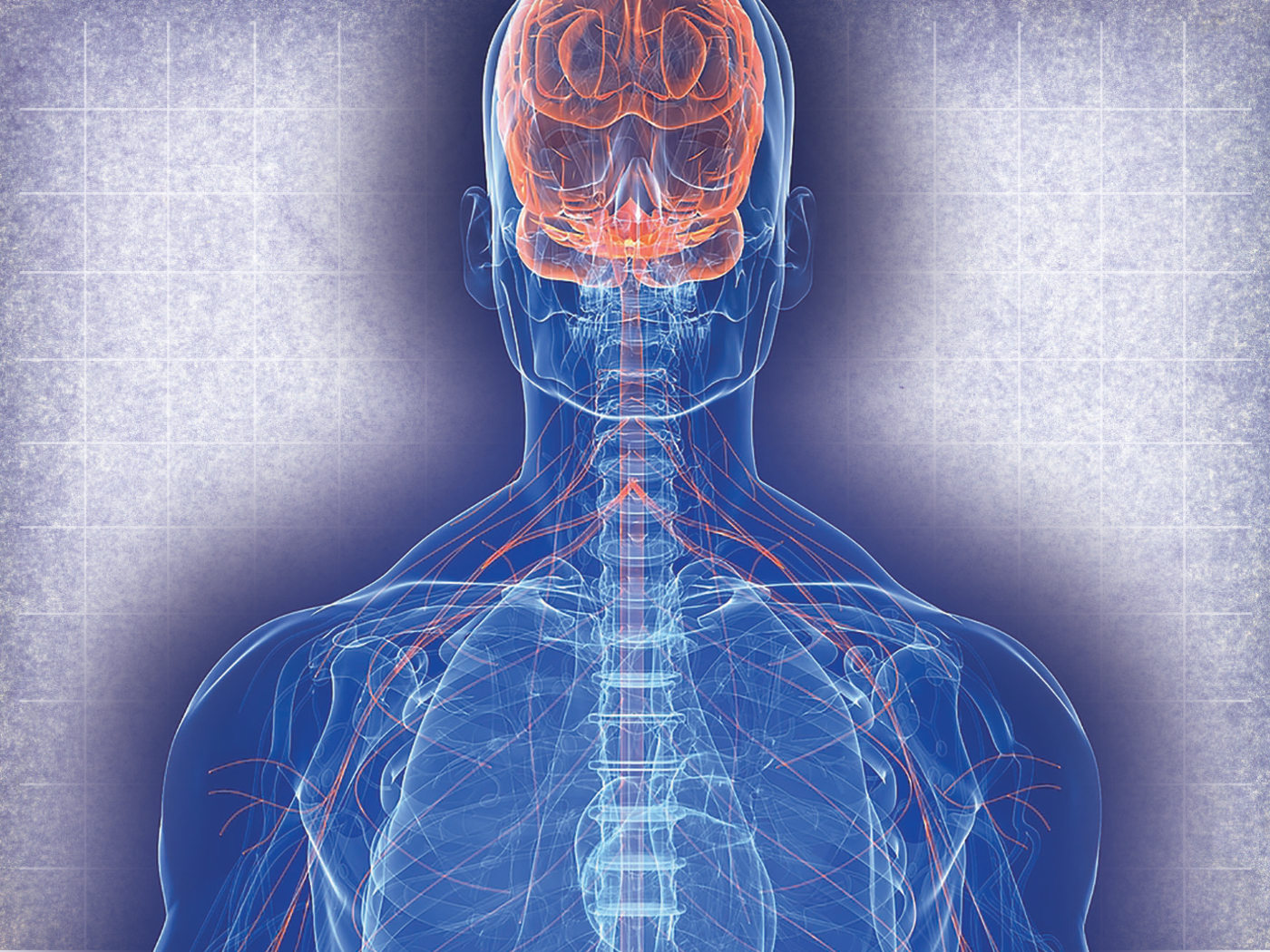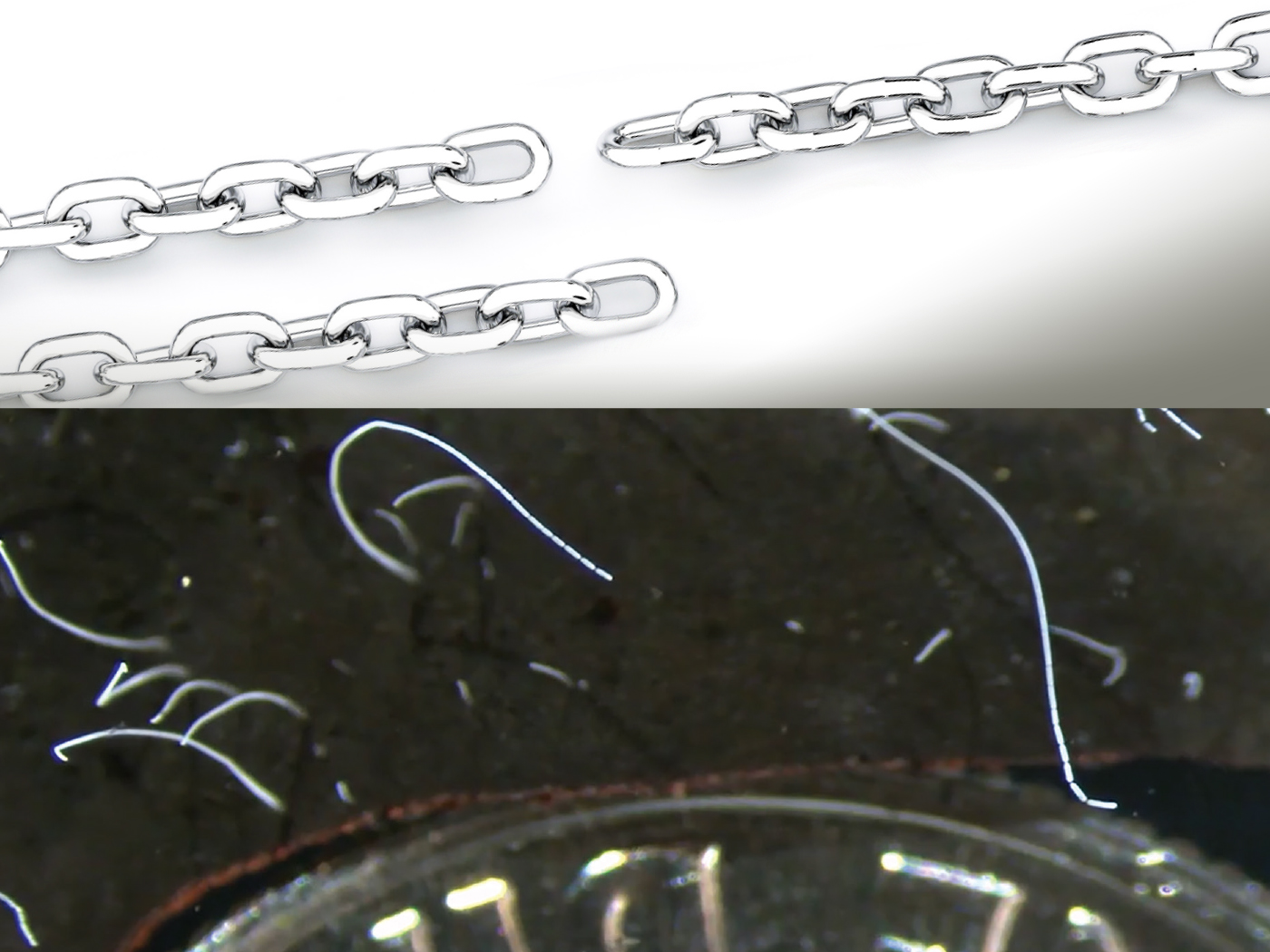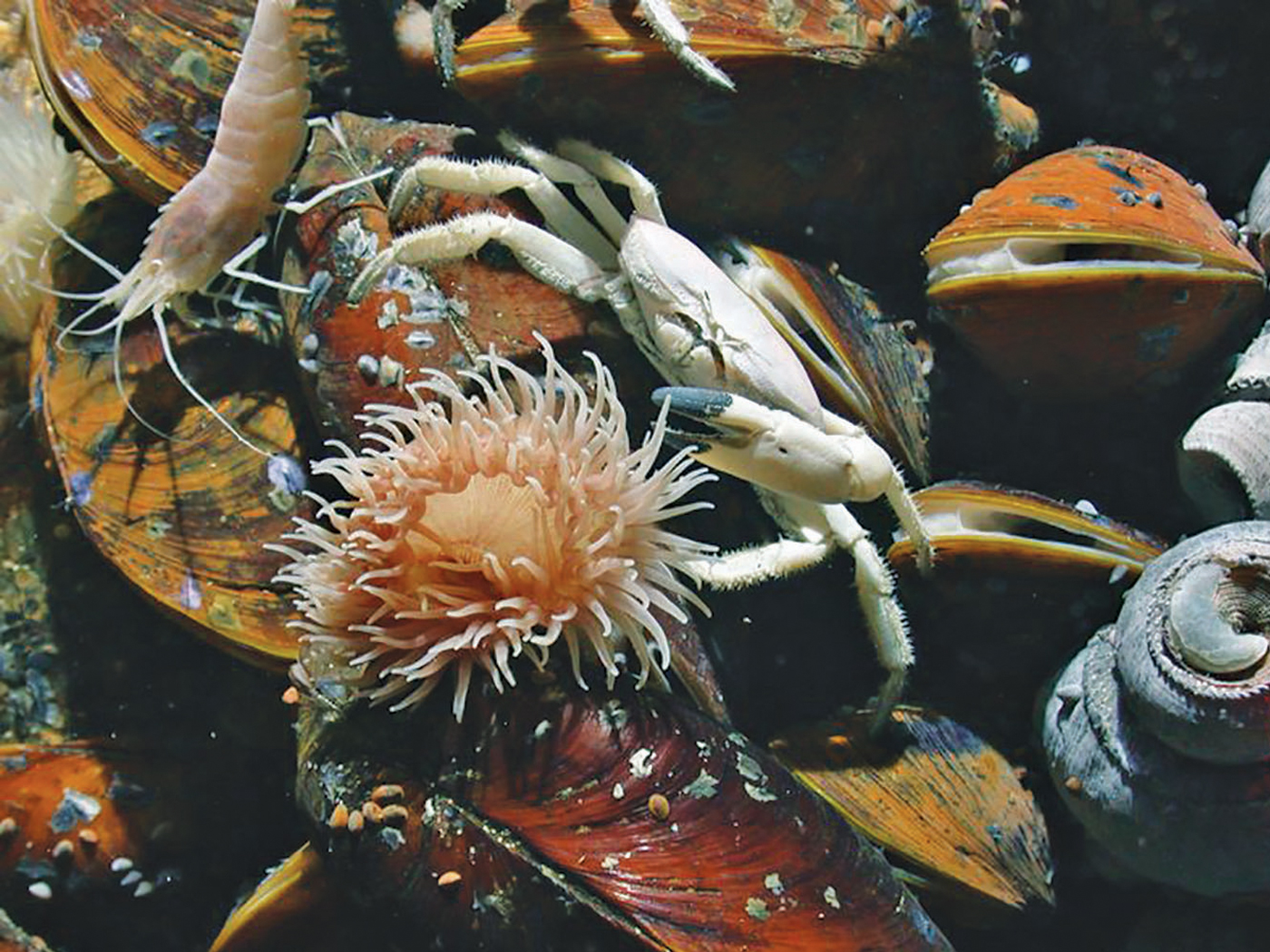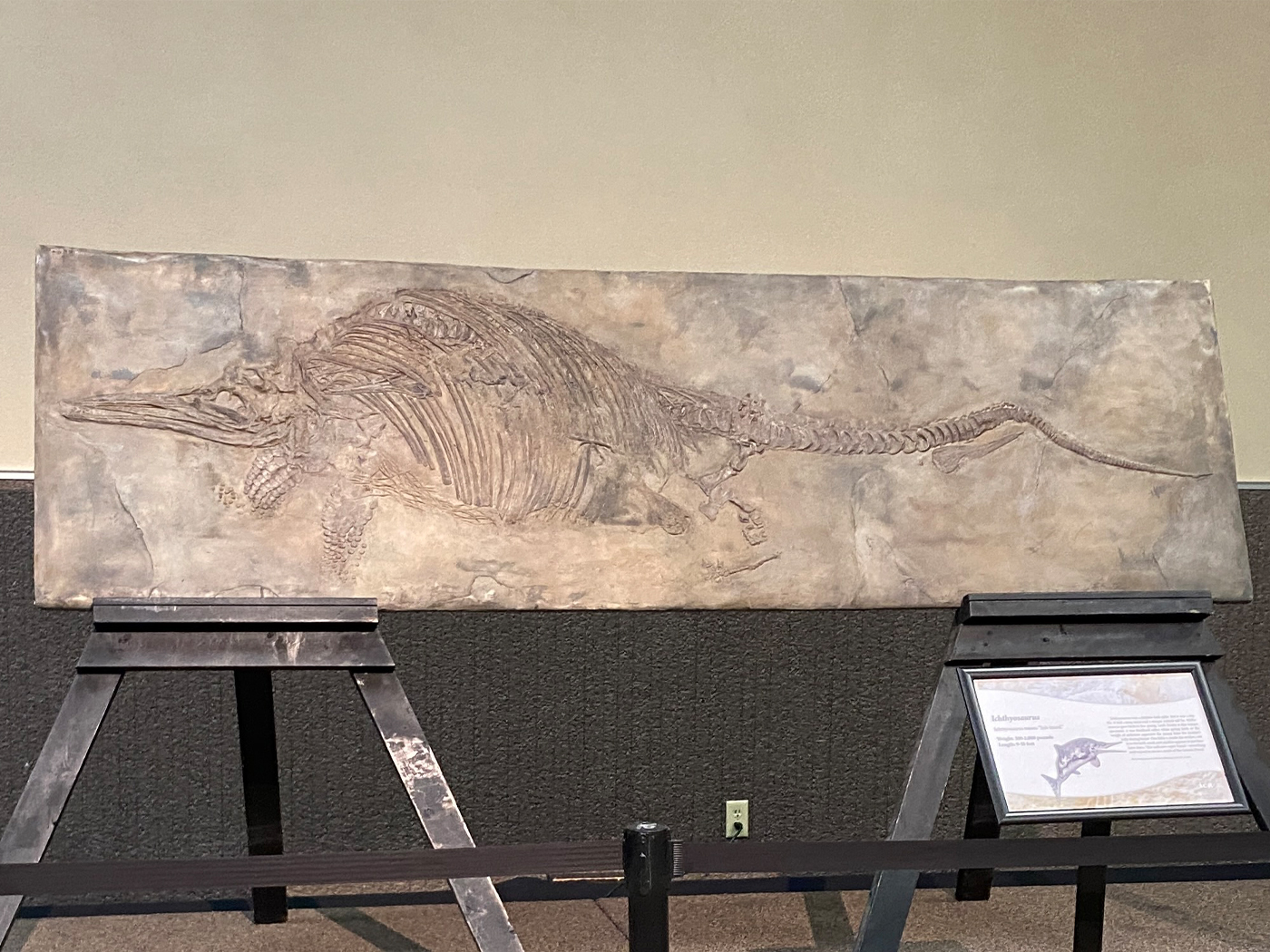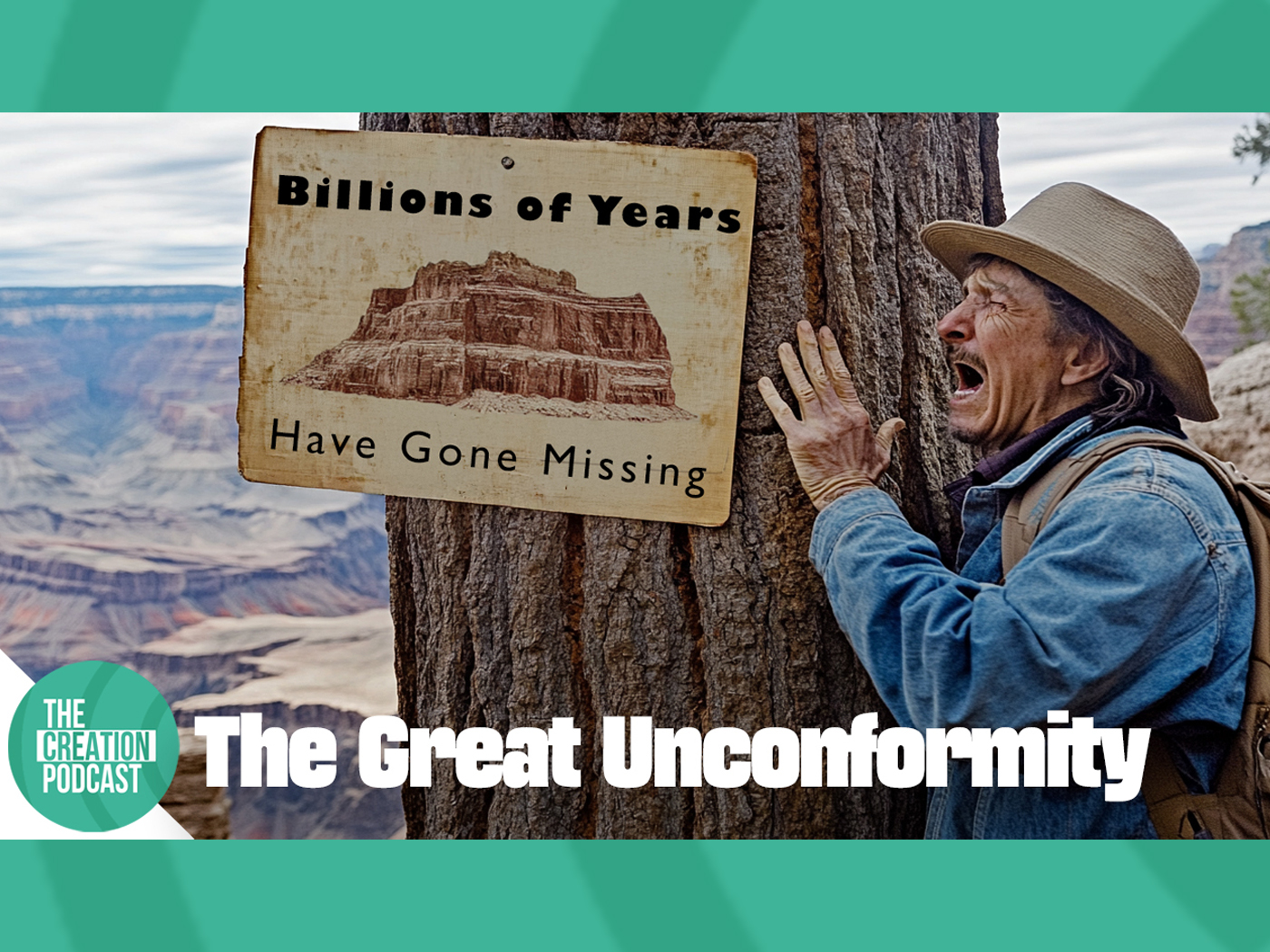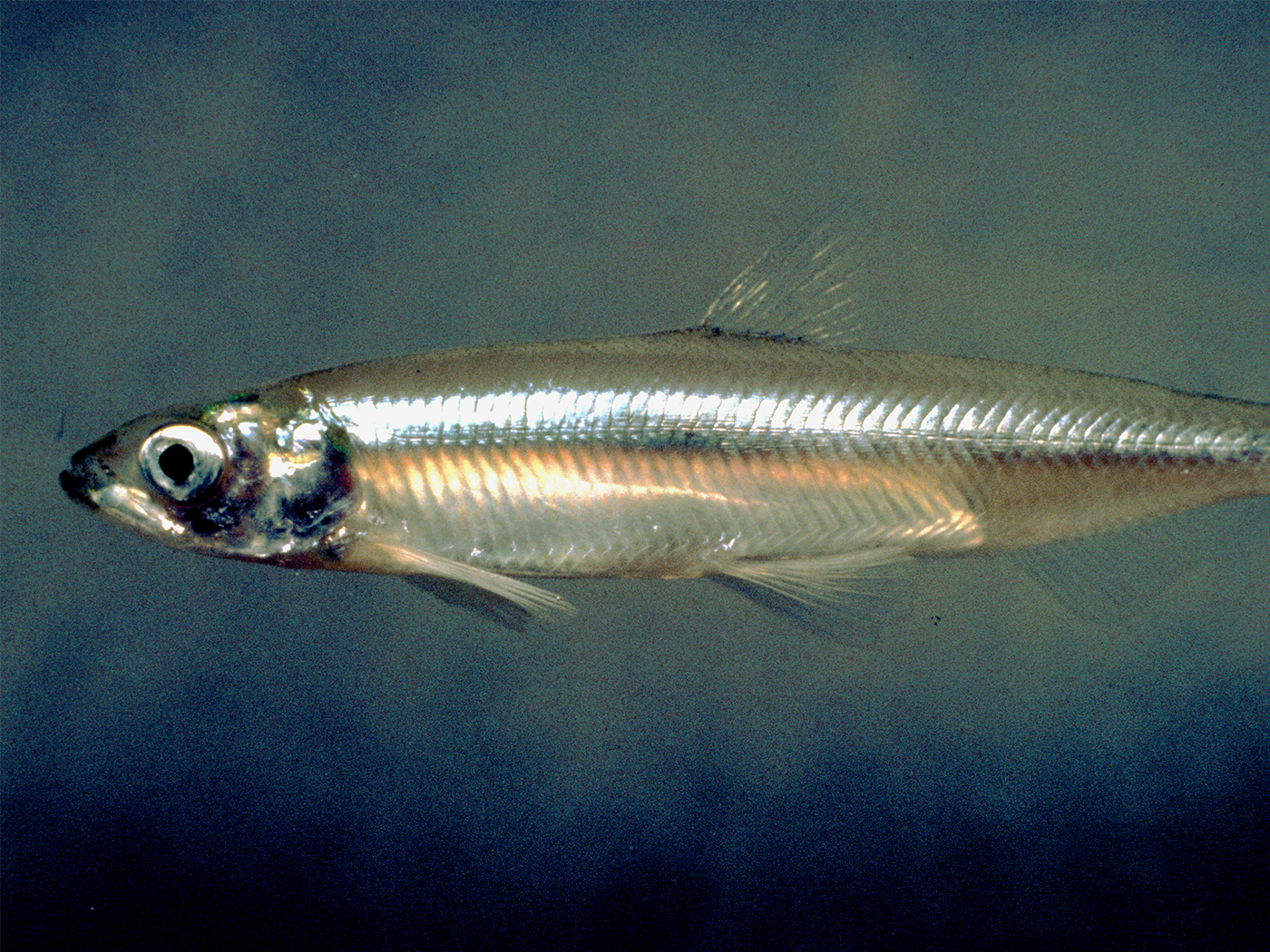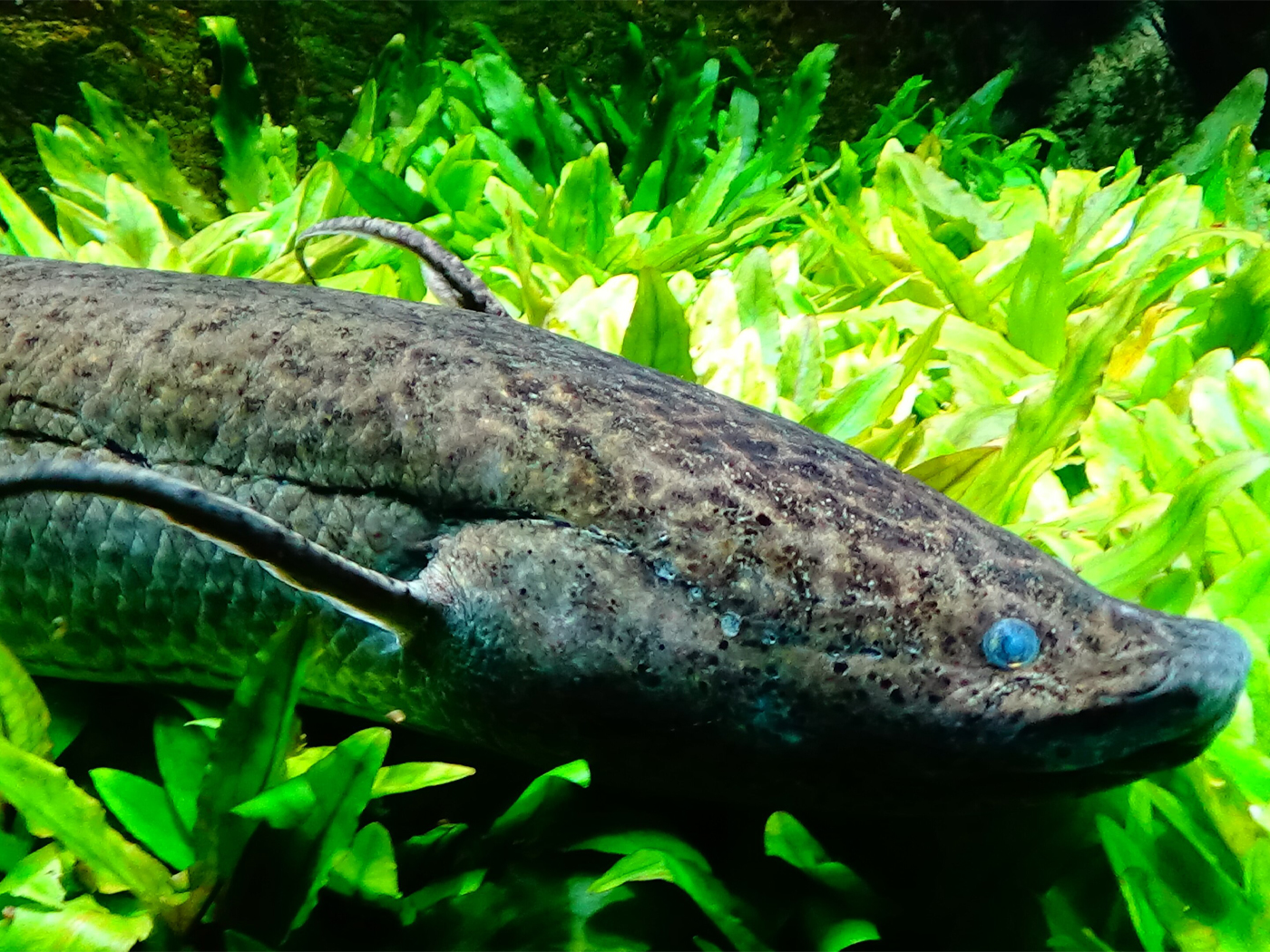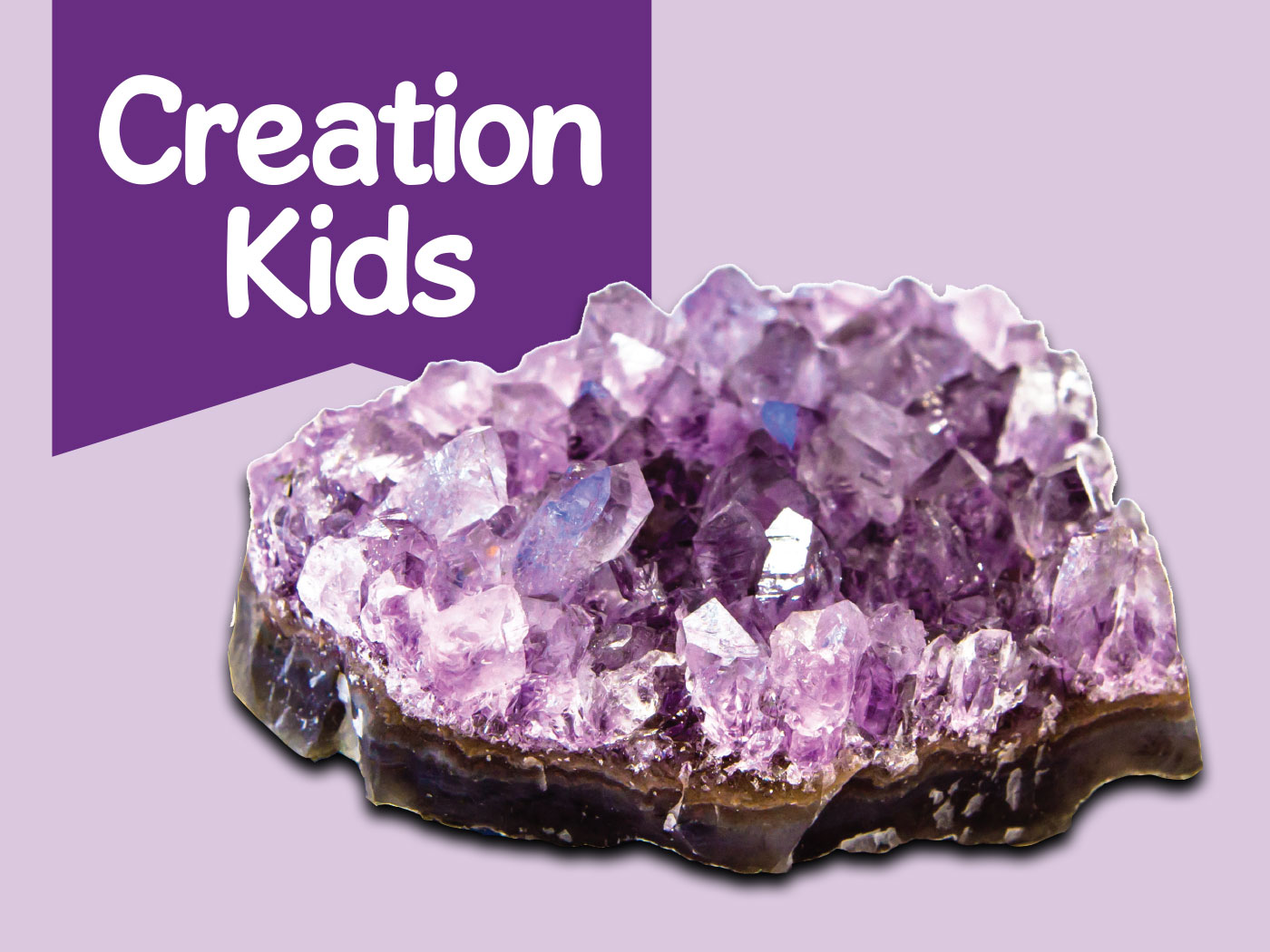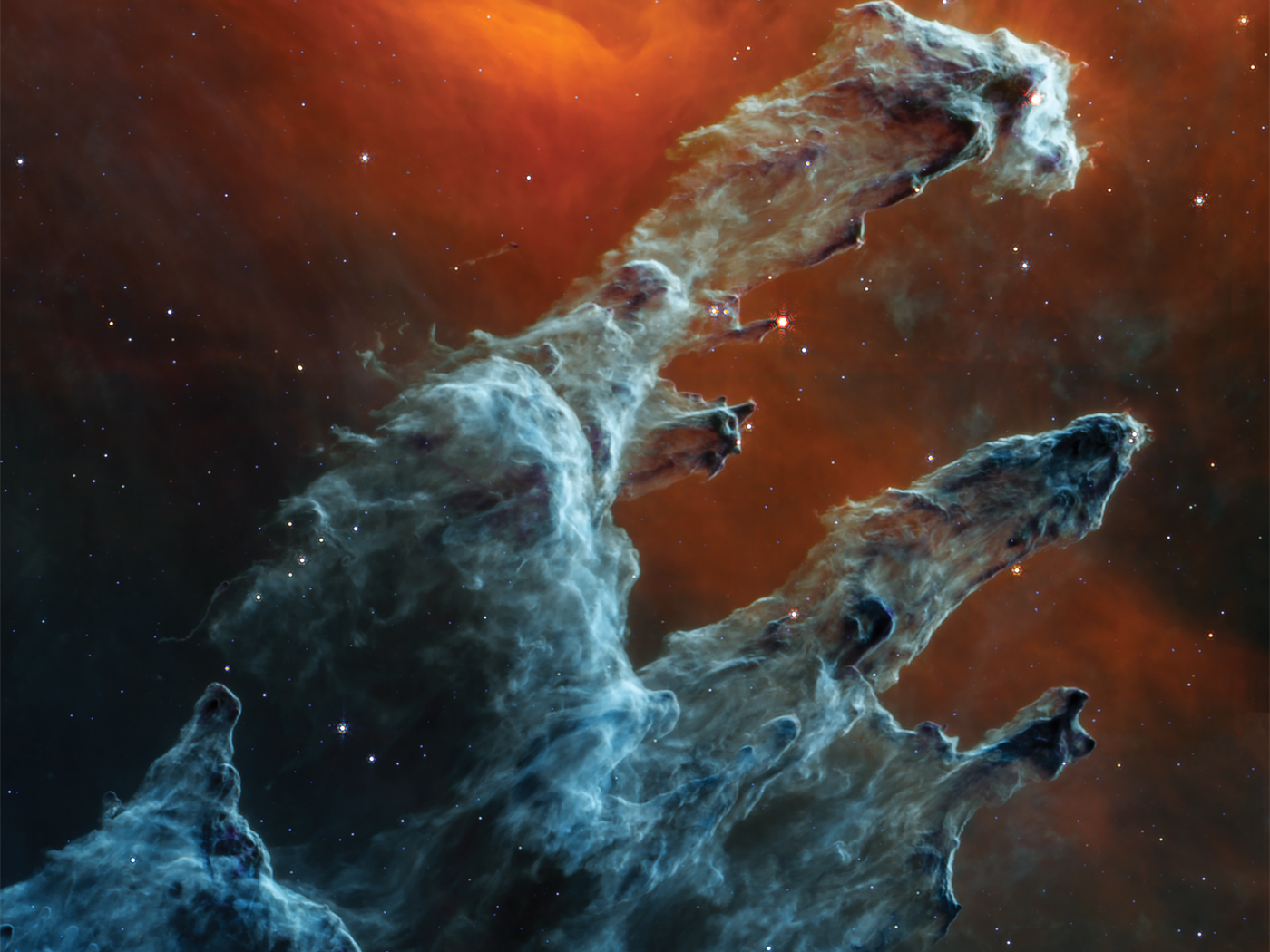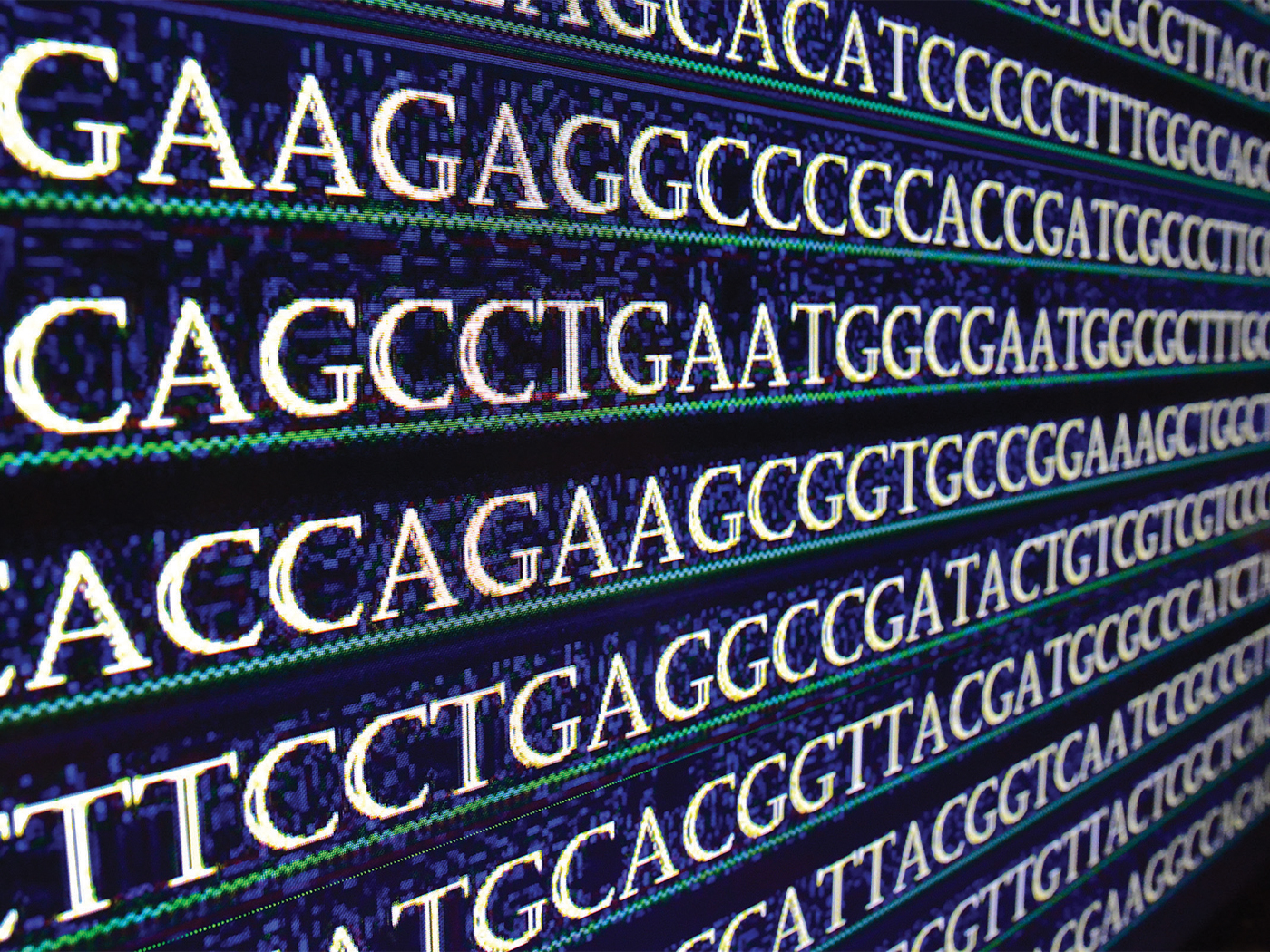Because mutations are random relative to need and because organisms generally fit well into their environments, mutations normally are either neutral or harmful; only very rarely are they helpful—just as a random change made by poking a screwdriver into the guts of your computer will rarely improve its performance. 1
This is a rather graphic description of the alleged beneficial work genetic mistakes perform. Therefore, whenever reports surface of a favorable mutation, it is followed with keen interest.
Almost five years ago a baby was born in Berlin with bulging thighs and biceps that were credited to a unique beneficial genetic event (the story may be read in the New England Journal of Medicine vol. 350:2642-44, June 24, 2004 "Powerful genes—myostatin regulation of human muscle mass," E.M. McNally, M.D., Ph.D.). But just how "beneficial" is this mutation? It seems to be advantageous in the short run with the child able to lift seven-pound dumbbells with arms extended—but who knows what will transpire in the ensuing years? Dr. McNally was quoted as saying "the boy is still very young and that problems could occur later in his life." 2 Scientists knowledgeable with mutations and diseases caused by them are cautious, expressing hope that as time goes on the child will be fine. But would any geneticist on this planet—given the choice—say yes to this particular mutation for their next child?
It was discovered the child has a mutation in the gene that produces a protein called myostatin. Some researchers are concerned that the child's heart muscle could be damaged by an abnormal amount of this protein, although his cardiovascular system appears to be normal at present. Such apprehension is hardly what we should expect from a "beneficial" mutation.
How does this event relate to evolutionary theory? Let's extrapolate. Is there any reason to think that after many generations, the progeny of this muscular child will produce a "new species" of person? No. His children (if he lives to bear any) may be more muscular—but then again, maybe not. With research experience biologists have had with mutations, there could be unseen genetic problems lurking within this child. Indeed, geneticists have found that people have much fewer—not more—genes than was suggested a decade ago. This means that single genes may have multiple functions or may interact with numerous other genes within the individual. Such a condition is called pleiotropy—a single mutated gene causing multiple phenotypic (physical) changes. Even if mutations could have beneficial outcomes, this "pleiotropic effect" would remove the advantage by damaging other organs and systems.
This brings us to a larger question: Is the evolutionary idea that "beneficial mutations" could somehow work their way in transforming one kind of animal, plant, or person into another, scientifically valid?
_____________________________
- Ehrlich, P., Human Natures, Island Press, 2000, p. 21.
- Gordon, S., June 23, 2004
[see http://www.healthfinder.gov/news/newsstory.asp?docid=519696




